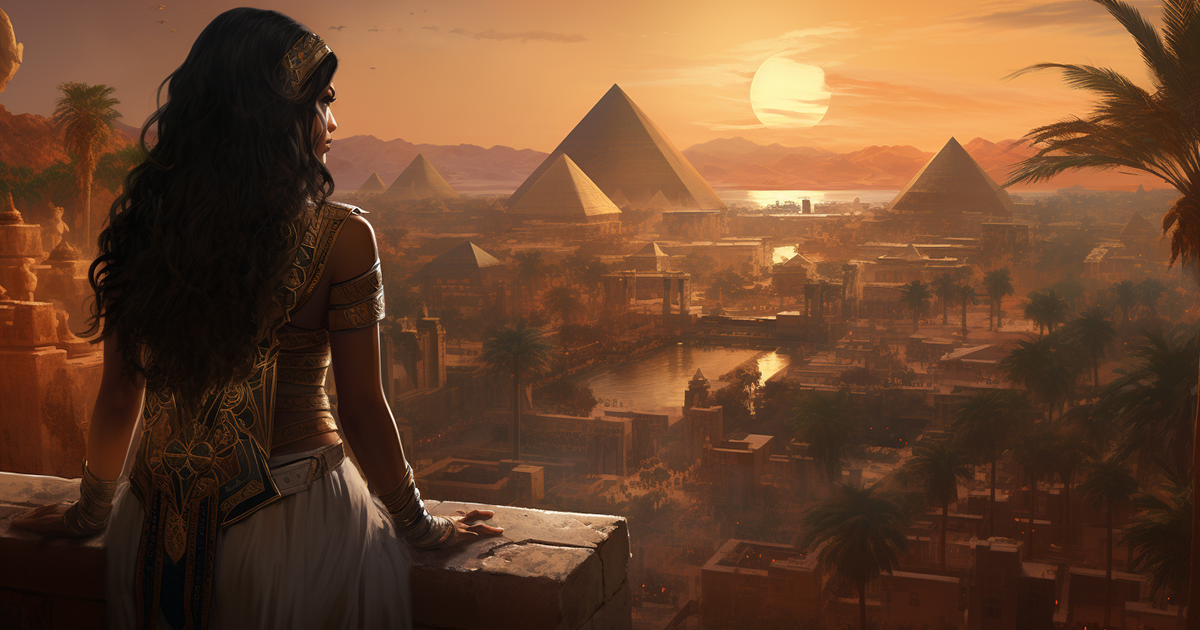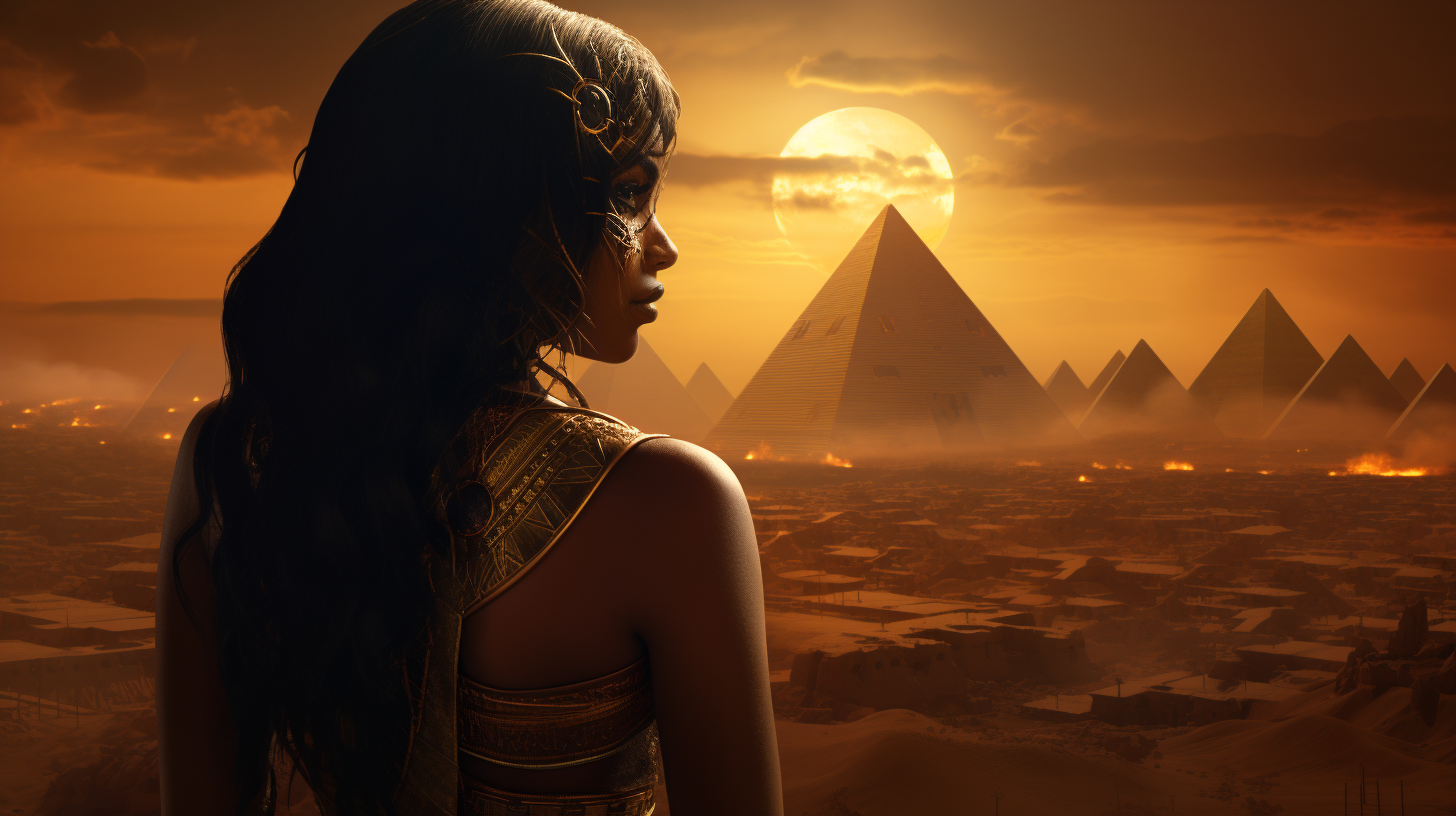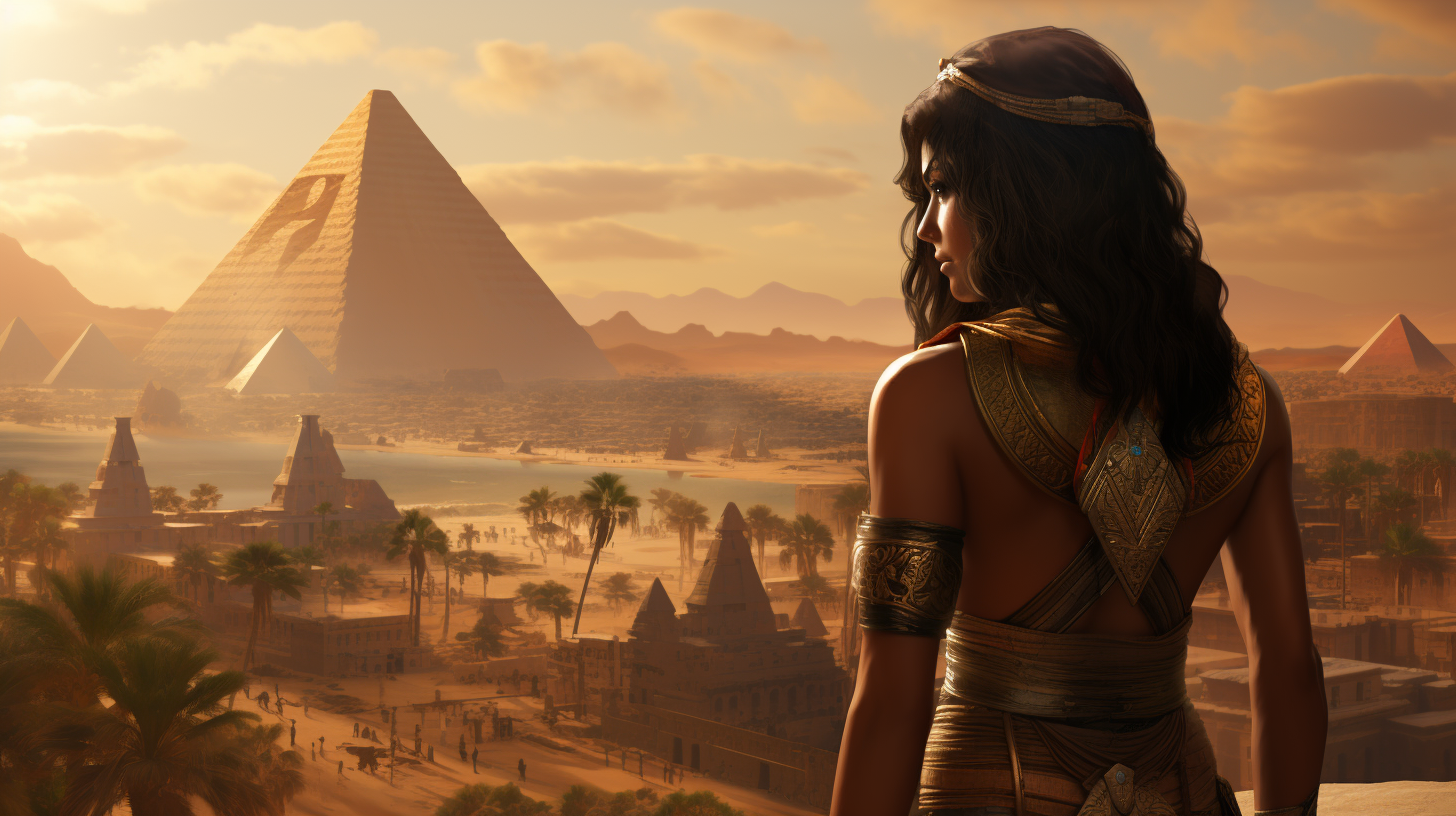When we think of ancient Egypt, images of grandeur, mystery, and a rich historical tapestry instantly come to mind. Among its iconic landmarks, the Great Pyramids of Giza stand as a testament to human ingenuity and architectural prowess. These monumental structures, built over 4,500 years ago, have witnessed the rise and fall of empires, and they continue to capture our imagination today.

To put their age into perspective, consider this: Cleopatra, the famed Egyptian queen, ruled Egypt roughly 2,000 years ago. That’s a staggering 2,500 years after the construction of the Great Pyramids had already been completed. In essence, we are now closer in time to Cleopatra than she was to the creation of these awe-inspiring monuments.
During Cleopatra’s reign, the pyramids were not just historical relics; they were thriving tourist destinations. Visitors from all over the world flocked to Egypt to witness the marvels of the ancient world. The Great Pyramids, alongside other attractions such as the Valley of the Kings and the Talking Colossi of Memnon, formed the backbone of Egypt’s early tourism industry.
Egyptian tourism during Cleopatra’s era was surprisingly sophisticated. Tour guides, much like today, led groups of curious travelers through the intricate passageways and chambers of the pyramids, regaling them with stories of their construction and purpose. These guides played a crucial role in unraveling the mysteries surrounding these ancient wonders, offering insights into the lives of the pharaohs who commissioned their construction.

Nile travel packages were readily available, allowing tourists to explore Egypt’s most famous sites via river cruises. This mode of travel not only provided a comfortable means of transportation but also offered a unique perspective of the lush Egyptian landscapes and the historical treasures that dotted its banks.
The pyramids themselves were more than just stone structures; they represented the pinnacle of engineering and architectural achievement of their time. The precision with which the massive stones were quarried, transported, and assembled remains a marvel even in the context of modern construction techniques. It’s a testament to the organizational skills, workforce, and dedication of the ancient Egyptians.
Today, as we reflect on the enduring legacy of the Great Pyramids of Giza, we are reminded not only of their historical significance but also of their role as early tourist attractions. Cleopatra’s Egypt was a world of wonder and exploration, where tourists from distant lands came to unlock the secrets of the past and connect with a civilization that had flourished thousands of years before their time.

In our modern era, as we continue to explore and appreciate the wonders of ancient Egypt, we can’t help but be inspired by the enduring allure of these timeless monuments. The legacy of Cleopatra’s Egypt lives on not just in history books but in the hearts of all who are captivated by the enigmatic past of this remarkable civilization. The Great Pyramids of Giza remain a symbol of human achievement and a bridge that connects us to the mysteries of antiquity.